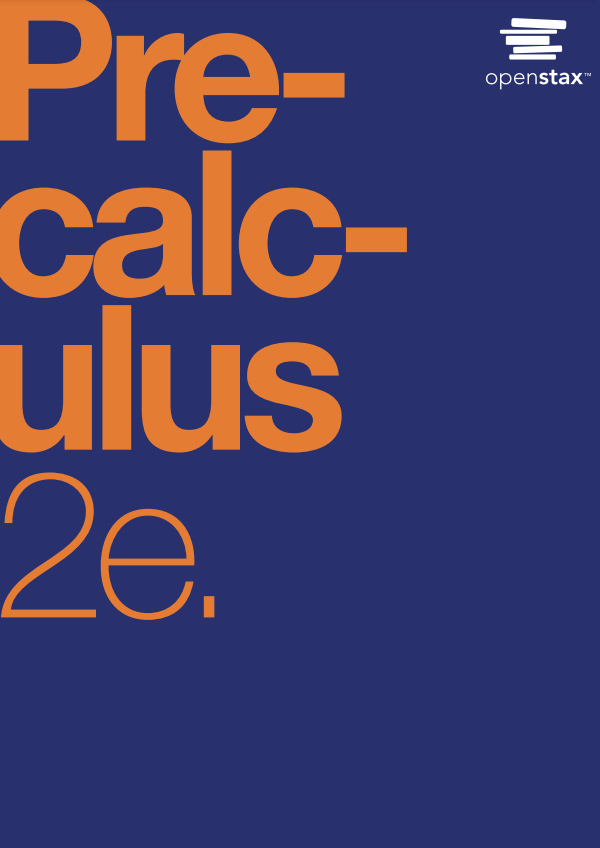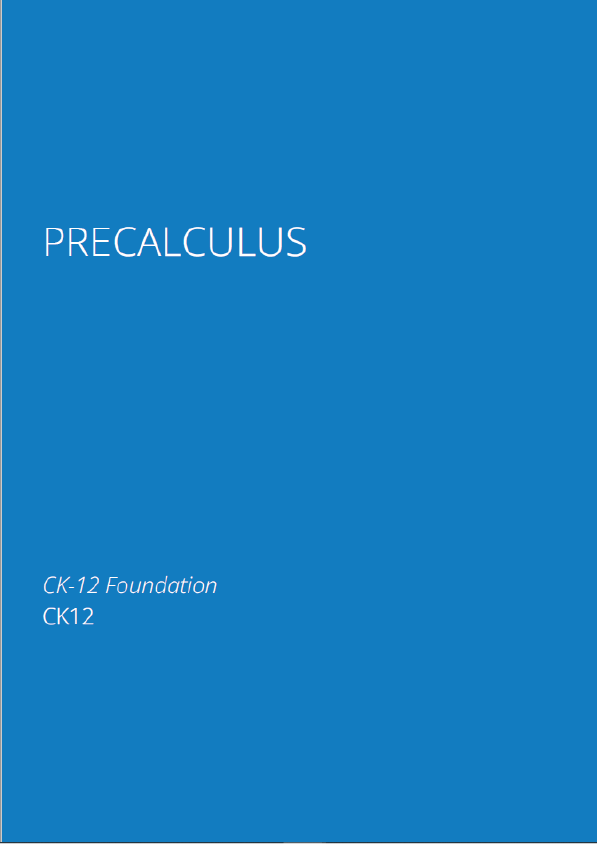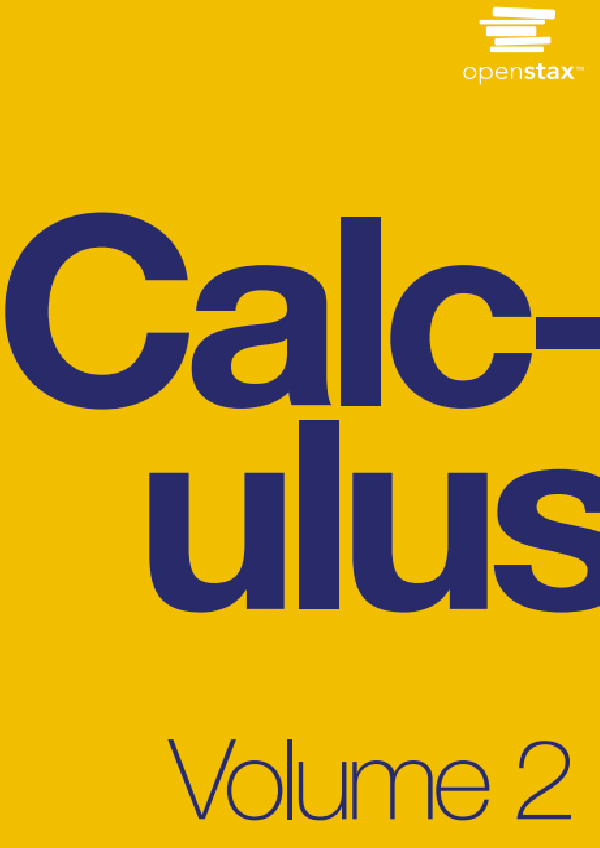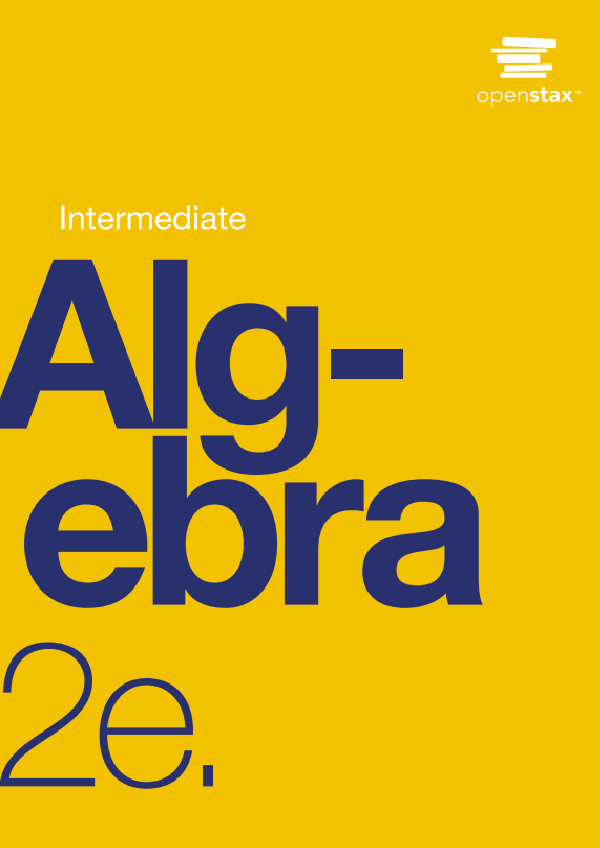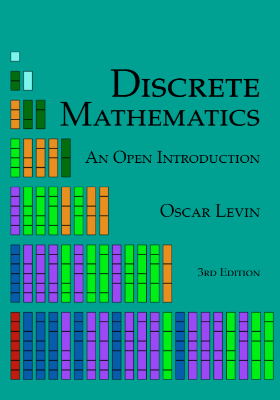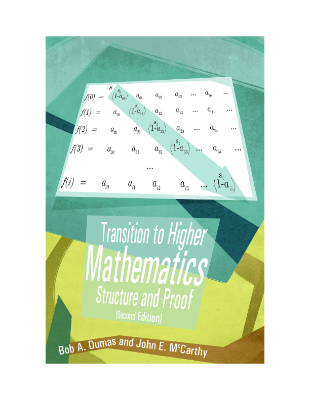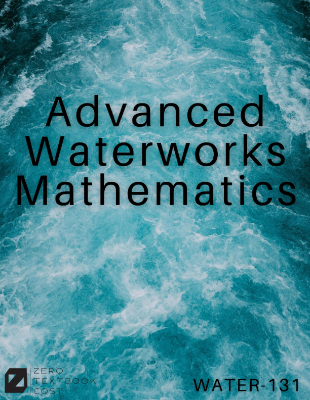Precalculus 2e provides a comprehensive exploration of mathematical principles and meets scope and sequence requirements for a typical precalculus course. The text proceeds from functions through trigonometry and ends with an introduction to calculus. The modular approach and the richness of content ensure that the book addresses the needs of a variety of courses. Precalculus 2e offers a wealth of examples with detailed, conceptual explanations, building a strong foundation in the material before asking students to apply what they’ve learned.
The Precalculus 2e revision focused on improving relevance and representation as well as mathematical clarity and accuracy. Introductory narratives, examples, and problems were reviewed and revised using a diversity, equity, and inclusion framework. Many contexts, scenarios, and images have been changed to become even more relevant to students’ lives and interests. To maintain our commitment to accuracy and precision, examples, exercises, and solutions were reviewed by multiple faculty experts. All improvement suggestions and errata updates from the first edition were considered and unified across the different formats of the text. The first edition of Precalculus by OpenStax is available in web view here.
Introduction to Functions
Toward the end of the twentieth century, the values of stocks of internet and technology companies rose dramatically. As a result, the Standard and Poor’s stock market average rose as well. The graph above tracks the value of that initial investment of just under $100 over the 40 years. It shows that an investment that was worth less than $500 until about 1995 skyrocketed up to about $1,100 by the beginning of 2000. That five-year period became known as the “dot-com bubble” because so many internet startups were formed. As bubbles tend to do, though, the dot-com bubble eventually burst. Many companies grew too fast and then suddenly went out of business. The result caused the sharp decline represented on the graph beginning at the end of 2000.
Notice, as we consider this example, that there is a definite relationship between the year and stock market average. For any year we choose, we can determine the corresponding value of the stock market average. In this chapter, we will explore these kinds of relationships and their properties.
Functions and Function Notation
Learning Objectives
In this section, you will:
Determine whether a relation represents a function.
Find the value of a function.
Determine whether a function is one-to-one.
Use the vertical line test to identify functions.
Graph the functions listed in the library of functions.
A jetliner changes altitude as its distance from the starting point of a flight increases. The weight of a growing child increases with time. In each case, one quantity depends on another. There is a relationship between the two quantities that we can describe, analyze, and use to make predictions. In this section, we will analyze such relationships.
In mathematics, a function from a set X to a set Y assigns to each element of X exactly one element of Y. The set X is called the domain of the function and the set Y is called the codomain of the function.
Functions were originally the idealization of how a varying quantity depends on another quantity. For example, the position of a planet is a function of time. Historically, the concept was elaborated with the infinitesimal calculus at the end of the 17th century, and, until the 19th century, the functions that were considered were differentiable (that is, they had a high degree of regularity). The concept of a function was formalized at the end of the 19th century in terms of set theory, and this greatly enlarged the domains of application of the concept.
A function is most often denoted by letters such as f, g and h, and the value of a function f at an element x of its domain is denoted by f(x).
A function is uniquely represented by the set of all pairs (x, f (x)), called the graph of the function. When the domain and the codomain are sets of real numbers, each such pair may be thought of as the Cartesian coordinates of a point in the plane. The set of these points is called the graph of the function; it is a popular means of illustrating the function.
Functions are widely used in science, and in most fields of mathematics. It has been said that functions are “the central objects of investigation” in most fields of mathematics.
